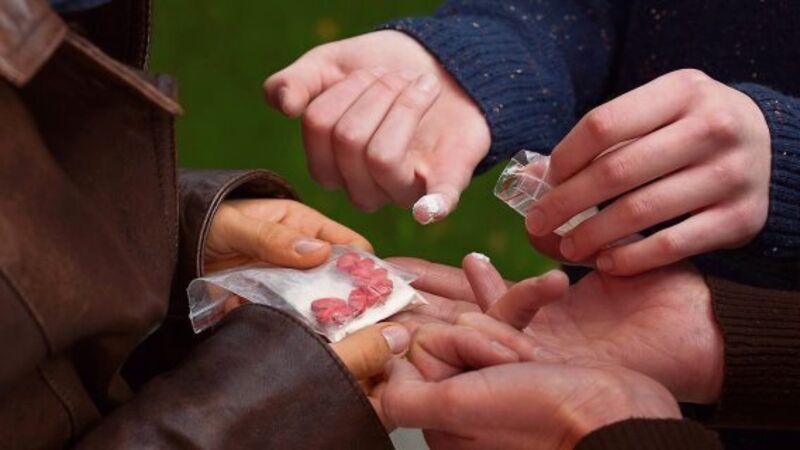Drug-related deaths outnumber road deaths three to one

And of the 697 who died, half were aged 39 or younger. Three in four of all deaths were males.
While 13 people on average died each week as a result of a drug-related death in 2014 — 697 in total — 193 people, more than three a week, lost their lives on the roads the same year.
Three in every four deaths where drugs were implicated involved prescription drugs, most commonly diazepam (Valium).
The HRB figures represent a huge surge over the past decade; in 2004, when the first index report was published, the number of drug related deaths was 431. Now, it is 62% higher.
HRB chief executive Dr Graham Love said prescription drugs and drug cocktails were increasingly playing a role in the rise of drug-related deaths.
“It is not just illicit drugs that are resulting in death. Over time we are seeing a rise in the number of deaths involving prescription drugs and cocktails of different drugs. Alcohol is also implicated in one in three deaths. Mixing drugs increases the risk of death, which is clearly reflected in these figures,” said Dr Love.
The report also found that
- Two in every three people died from a mixture of drugs, with an average of four drugs involved. Benzodiazepines were the most common drug group involved in poly drug deaths;
- Alcohol is still implicated in one in three deaths and remains the single most common drug implicated in deaths over the reporting period 2004-2014;
- Opiates were the main drug group implicated in overdoses; heroin was implicated in 90 deaths and methodone in 98;
- Cocaine-related deaths increased by 25% from 32 in 2013 to 40 in 2014;
- Hanging was the main cause of deaths that did not involve overdoses among those known to be drug-users. Two in three of those who died by hanging had a mental health illness. There was a 21% increase in deaths due to hanging between 2013 and 2014;
- Zopiclone-related deaths (a non-benzodiazepine sedative drug) increased by 41% from 51 in 2013, to 72 in 2014.
HRB lead researcher Ena Lynn said the increase in numbers taking “drug cocktails” was a significant factor in in the number of deaths.
“Alcohol, benzos and methadone all come under the group known as central nervous system depressants so if you are taking them at the same time, you are multiplying the side-effects, hence we have more deaths,” said Ms Lynn.
In 2004, 44% of deaths were due to a cocktail of drugs, involving two drugs on average. In 2014, that figure had risen to 66% with an average of four drugs taken.
Ms Lynn said it was important not to lose sight of the fact that “each of these statistics is a life cut short, and that family members are deeply affected”.
She said their job at the HRB was to undertake research that would provide evidence to produce policies that should help, over time, to reduce the number of drug-related deaths.
“These statistics give us some insight into the impact that drug use has on people and society,” she said.
A long overdue national overdose prevention strategy has yet to be published by the HSE.










